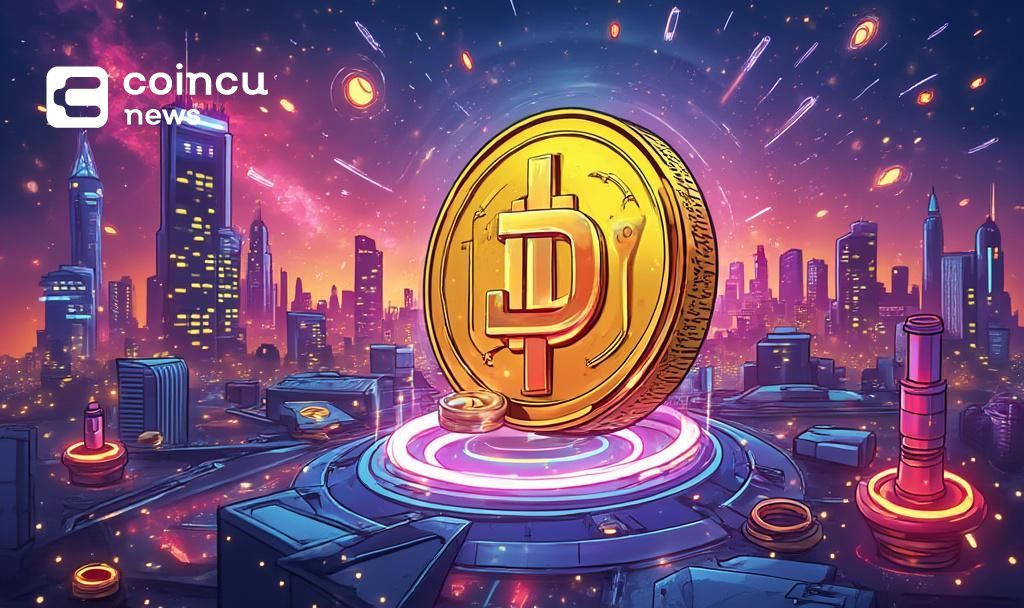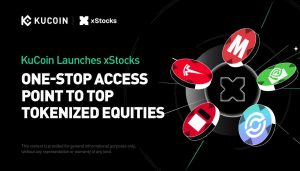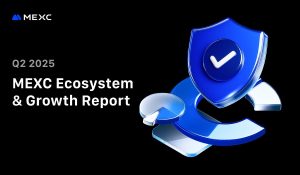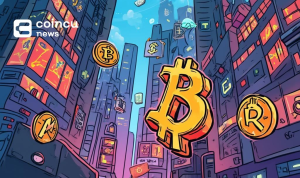$118926.431
At CoinCu News, we give both basic and in-depth articles on the latest news in the cryptocurrency and blockchain sectors.
John Kojo Kumi is a cryptocurrency researcher and writer specializing in emerging startups, tokenomics, and market dynamics within the blockchain ecosystem. With years of experience in crypto journalism and blockchain research, he provides in-depth coverage of decentralized finance (DeFi), NFTs, and Web3 innovations.
He holds a Bachelor of Arts in Geography and Rural Development from Kwame Nkrumah University of Science and Technology, Kumasi, bringing a multidisciplinary perspective to the evolving digital asset space. As a Crypto News Writer, he tracks and reports on industry trends, while his role as a Registrar at the Commission on Human Rights and Administrative Justice reflects his commitment to governance and transparency.
His expertise spans content strategy, SEO optimization, and technical research, enabling him to craft insightful, data-driven analyses. Passionate about blockchain’s transformative potential, he strives to equip readers with the knowledge to navigate the complexities of digital assets and decentralized technologies.
News
China Hosts Seminar on Stablecoin and Digital Asset Integration
China holds a seminar exploring stablecoin regulations and industrial digital assets, with key financial representatives
Jul
Seminar Explores Stablecoin and Digital Asset Regulations
China hosts seminar on stablecoin regulations and industrial digital asset policies, involving major financial institutions.
Jul
SEC Eyes ‘Innovation Exemption’ Post-Stablecoin Bill Approval
SEC considers 'innovation exemption' to boost tokenization post-stablecoin bill passage.
Jul
Backpack Launches Fee-Free FTX Claims Channel and Expands Recovery Access for Creditors
Backpack opens a zero-fee platform for FTX claim sales, offering a neutral, user-friendly process to
Jul
SEC Considers Regulatory Exemptions to Boost Tokenization
SEC explores crypto regulation exemptions post-stablecoin bill, aimed at advancing tokenization.
Jul
Trump’s Executive Order to Include Cryptocurrency in 401k
Trump plans executive order to allow 401k investments in crypto, gold, and private equity.
Jul
U.S. House Approves GENIUS Act to Regulate Stablecoins
The U.S. House approves the GENIUS Act, solidifying regulatory leadership in dollar-backed stablecoins like USDC.
Jul
Ondo Finance Launches USD Yield Token on Sei Network
Ondo Finance debuts its USDY token on Sei Network, offering 4.25% annual yield, aiming at
Jul
China Hosts Stablecoin and Digital Assets Seminar
China's Industrial Internet Research Institute held a seminar on stablecoins and industrial digital assets with
Jul
[tptn_list how_old="7" limit="5" title_length="0" heading="0" show_date="0" ]
[tptn_list how_old="30" limit="5" title_length="0" heading="0" show_date="0" ]






















